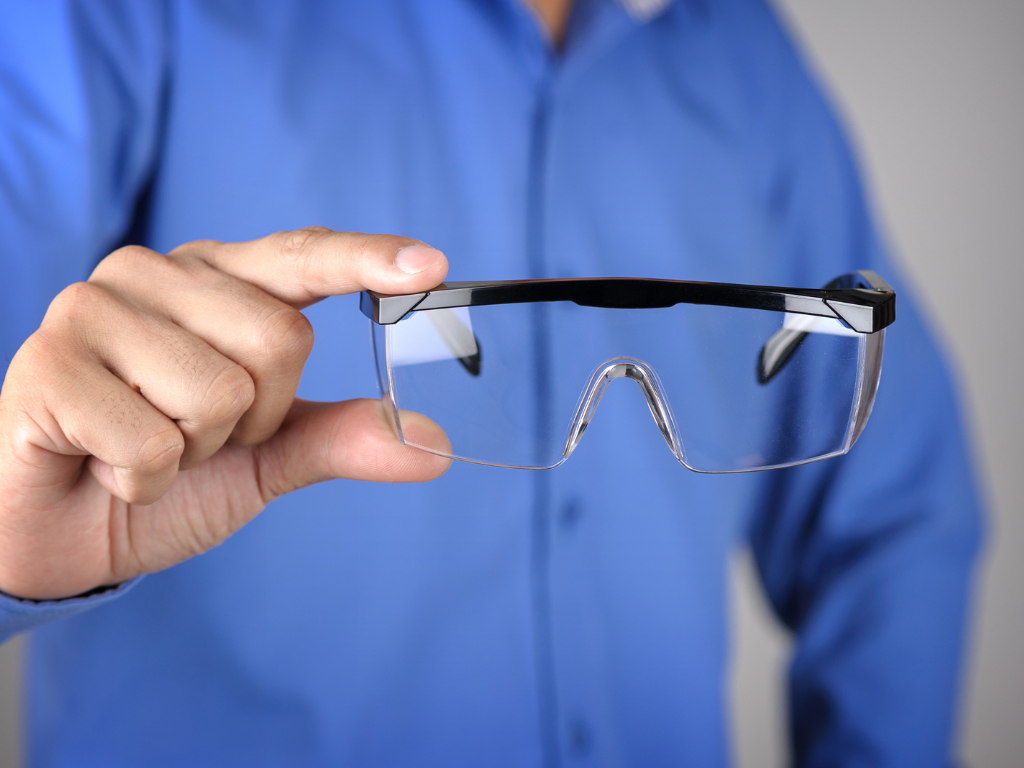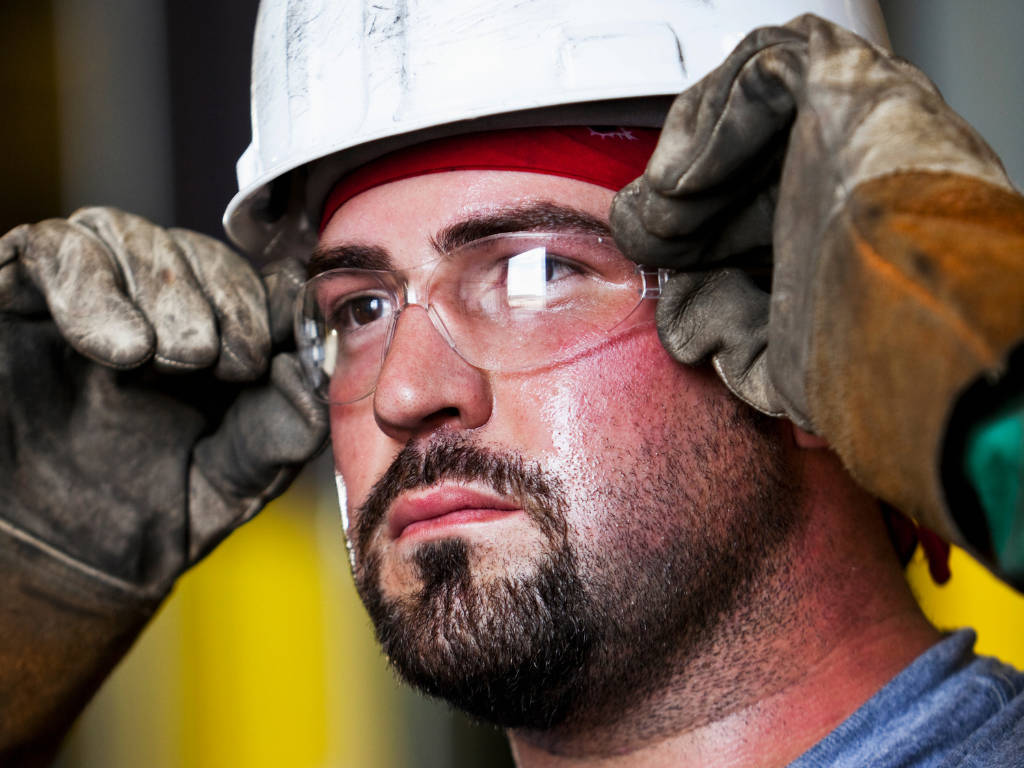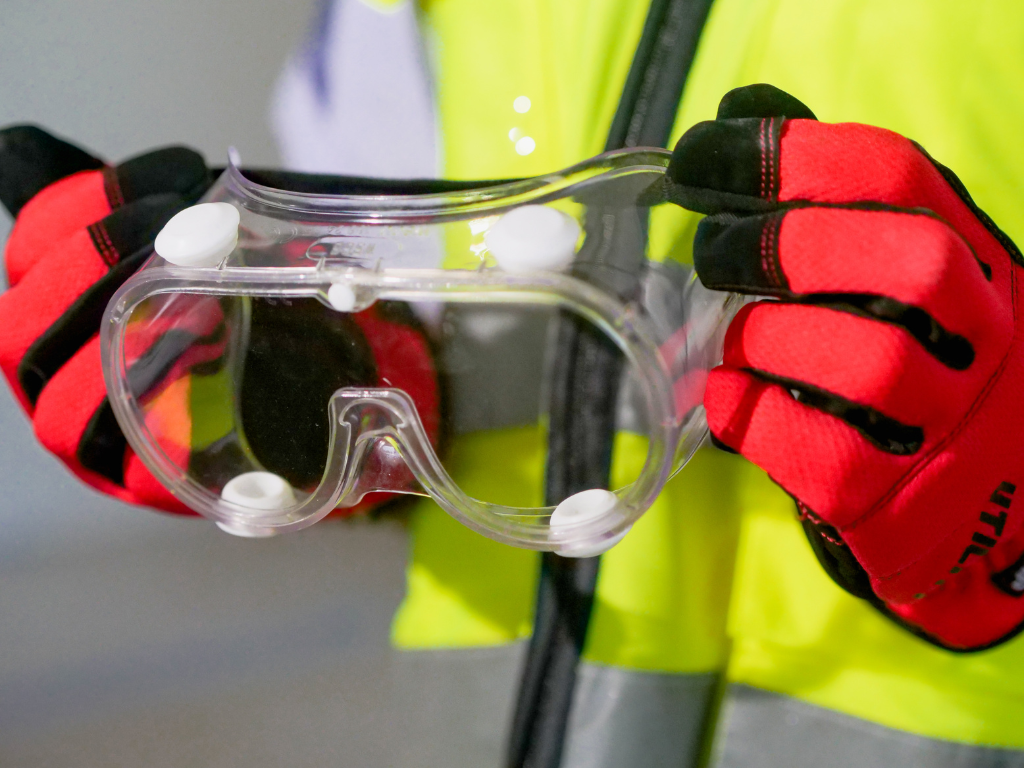In various professional and recreational activities, the eyes are vulnerable to a myriad of hazards. The necessity for tailored eye protection cannot be overstated, as each environment presents unique risks that generic safety glasses may not sufficiently mitigate. Understanding these specific needs is crucial in selecting the appropriate protective eyewear.
The Necessity of Tailored Eye Protection
Different industries and activities expose workers and participants to distinct visual hazards, ranging from physical impacts to chemical exposures. Tailored eye protection ensures that safety glasses offer the right kind of defense against the specific dangers of any given environment, thereby significantly reducing the risk of eye injuries.
Construction Industry

The construction sector is notorious for the multitude of eye injury risks it harbors, necessitating robust and comprehensive eye protection.
Identifying Common Eye Hazards in Construction
Construction sites are fraught with dangers such as flying debris from cutting, grinding, or demolishing materials, pervasive dust, and harmful UV rays from outdoor work. These hazards necessitate the use of safety glasses that can provide more than just basic protection.
Recommended Types of Safety Glasses for Construction Workers
For construction workers, safety glasses need to feature high-impact resistance to protect against flying objects, side shields to guard against debris entering from the sides, and UV filtration for those working outdoors. These features ensure comprehensive eye safety amidst the dynamic risks present in construction environments.
Manufacturing Sector

Manufacturing facilities present a different set of challenges for eye safety, including risks from chemical processes and machinery operations.
Eye Safety in Manufacturing Environments
Workers in the manufacturing sector are exposed to chemical splashes, metal sparks, and intense light from welding and cutting operations. These hazards require safety glasses that can withstand extreme conditions and provide adequate protection.
Choosing Safety Glasses for Manufacturing Employees
In manufacturing settings, selecting safety glasses with specific features becomes crucial. Chemical splash protection is necessary for handling or being near chemical processes. Anti-fog coatings ensure clear vision amidst temperature changes or physical exertion, and light filtration is vital for employees involved in or around welding and cutting, protecting eyes from harmful light emissions.
Laboratory Work

Laboratory environments pose unique risks to eye safety, from chemical spills to biological contaminants.
Protecting Eyes from Chemical and Biological Exposure
In laboratories, the potential for chemical splashes or exposure to harmful biological substances necessitates the use of full-seal goggles. These goggles provide a secure barrier around the entire eye area, preventing liquids and small particles from causing harm. Their importance cannot be overstated, as they are essential in preventing serious eye injuries or infections that can result from laboratory work.
Safety Glasses vs. Goggles for Lab Technicians
While safety glasses can offer protection against impact and some level of protection against dust and debris, goggles are the preferred choice when dealing with chemicals and biological materials. The decision to use goggles over glasses should be based on the level of exposure and risk involved. For activities with high risk of splashes or particulate exposure, goggles offer the necessary enveloping protection.
Sports and Outdoor Activities

Safety eyewear in sports and outdoor activities plays a pivotal role in protecting against various environmental and physical hazards.
The Role of Safety Glasses in Sports
Physical impact, UV exposure, and windblown debris are common risks in many sports. Safety glasses designed for sports use can help prevent eye injuries caused by balls, racquets, or even fingers, as well as reduce the risk of damage from UV rays during outdoor activities.
Features of Sports-specific Safety Eyewear
Sports-specific safety eyewear needs to be durable to withstand impact, offer UV protection to shield the eyes from harmful rays, and have a secure fit to stay in place during rapid movements. Additionally, vented designs can help reduce fogging, ensuring clear vision during physical exertion.
Prescription Safety Glasses Integration

For individuals requiring vision correction, integrating prescription lenses into safety glasses is essential for clear vision and protection.
Solutions for Vision-Corrected Eye Protection
Prescription safety glasses are available for almost all applications, including industrial work, laboratories, sports, and outdoor activities. These glasses combine the protective features of safety eyewear with custom prescription lenses, ensuring that vision correction does not compromise safety.
Customizing Prescription Safety Glasses
When customizing prescription safety glasses, it’s important to consider the specific environmental conditions and personal needs. For example, anti-reflective coatings can reduce glare in bright environments, while photochromic lenses may be beneficial for those moving frequently between indoor and outdoor settings. Consulting with an eye care professional can help determine the best customization options for your prescription safety glasses.
Maintenance and Replacement Guidelines

Maintaining safety glasses is crucial for ensuring they continue to provide optimal protection. Proper care extends their lifespan, while recognizing when to replace them is key to maintaining safety standards.
Caring for Industry-specific Safety Glasses
Cleaning: Safety glasses should be cleaned regularly using mild soap and lukewarm water or lens cleaning solutions designed for safety eyewear. Avoid using abrasive materials that could scratch the lenses.
Storage: When not in use, store safety glasses in a protective case to prevent scratches or damage. Ensure the storage area is clean, dry, and away from direct sunlight or extreme temperatures.
Routine Inspection: Regularly inspect safety glasses for any signs of damage, such as scratches, cracks, or loose fittings. Check the integrity of the lens and frame, ensuring that protective coatings are intact.
Recognizing When to Replace Safety Glasses
Safety glasses should be replaced if they:
- Have visible damage: Scratches or cracks on the lens can impair vision and compromise protection.
- Show signs of wear: Over time, frames may become bent or distorted, failing to provide a proper fit.
- No longer meet safety standards: If safety glasses no longer comply with current safety standards or if protective coatings have deteriorated, they should be replaced.
Conclusion
Safety glasses are more than just a piece of protective equipment; they are an essential tool that empowers individuals to work safely and efficiently across a multitude of environments. From industry-specific applications to sports and outdoor activities, the right safety eyewear can significantly reduce the risk of eye injuries.
By understanding the importance of selecting the correct type of safety glasses, adhering to maintenance and replacement guidelines, and recognizing the need for customized solutions such as prescription safety glasses, individuals and organizations can foster a culture of safety and awareness. This proactive approach to eye protection is fundamental in empowering people to perform their best while safeguarding one of their most valuable senses.
